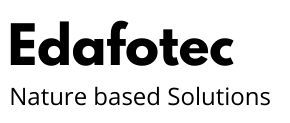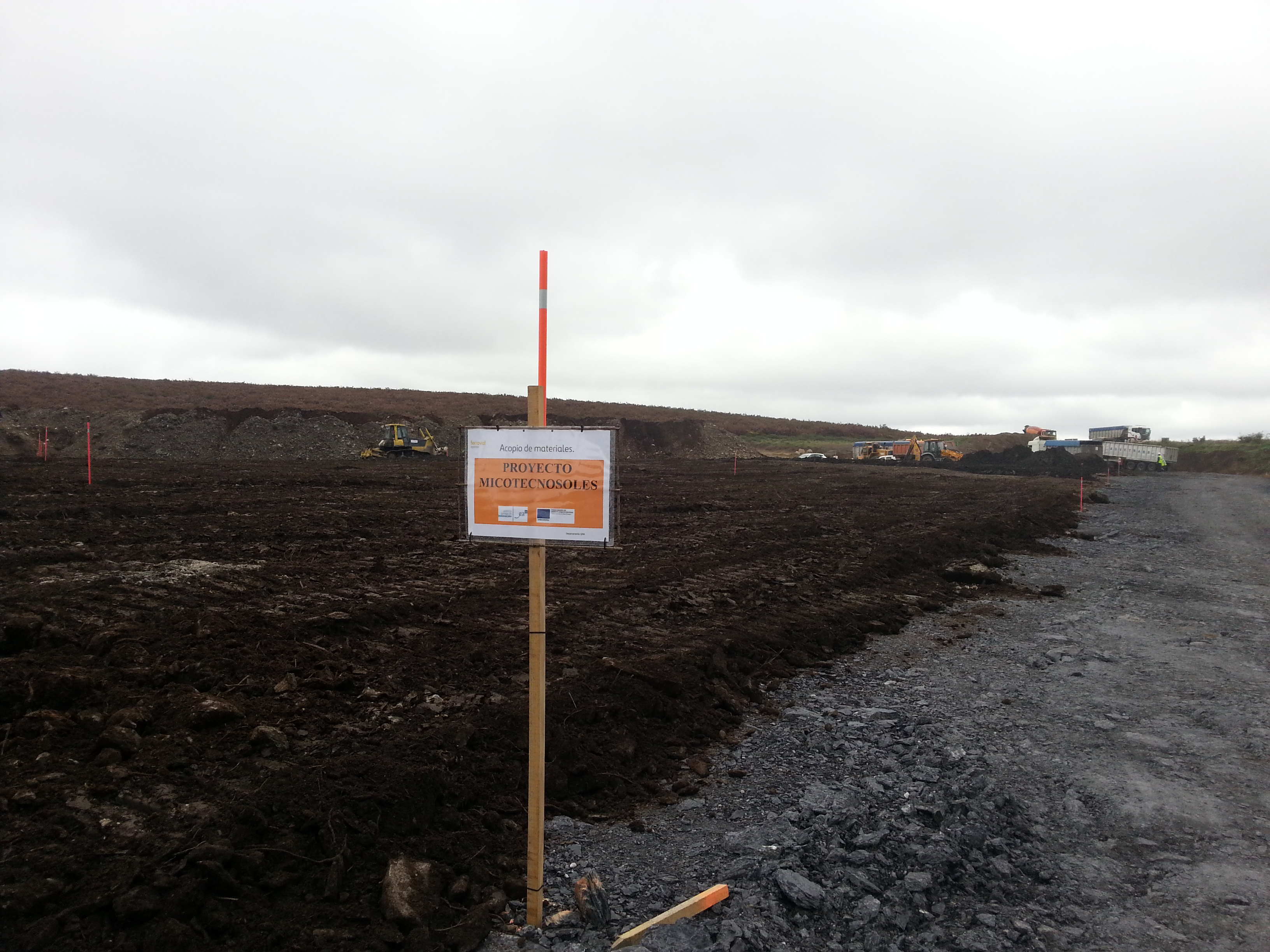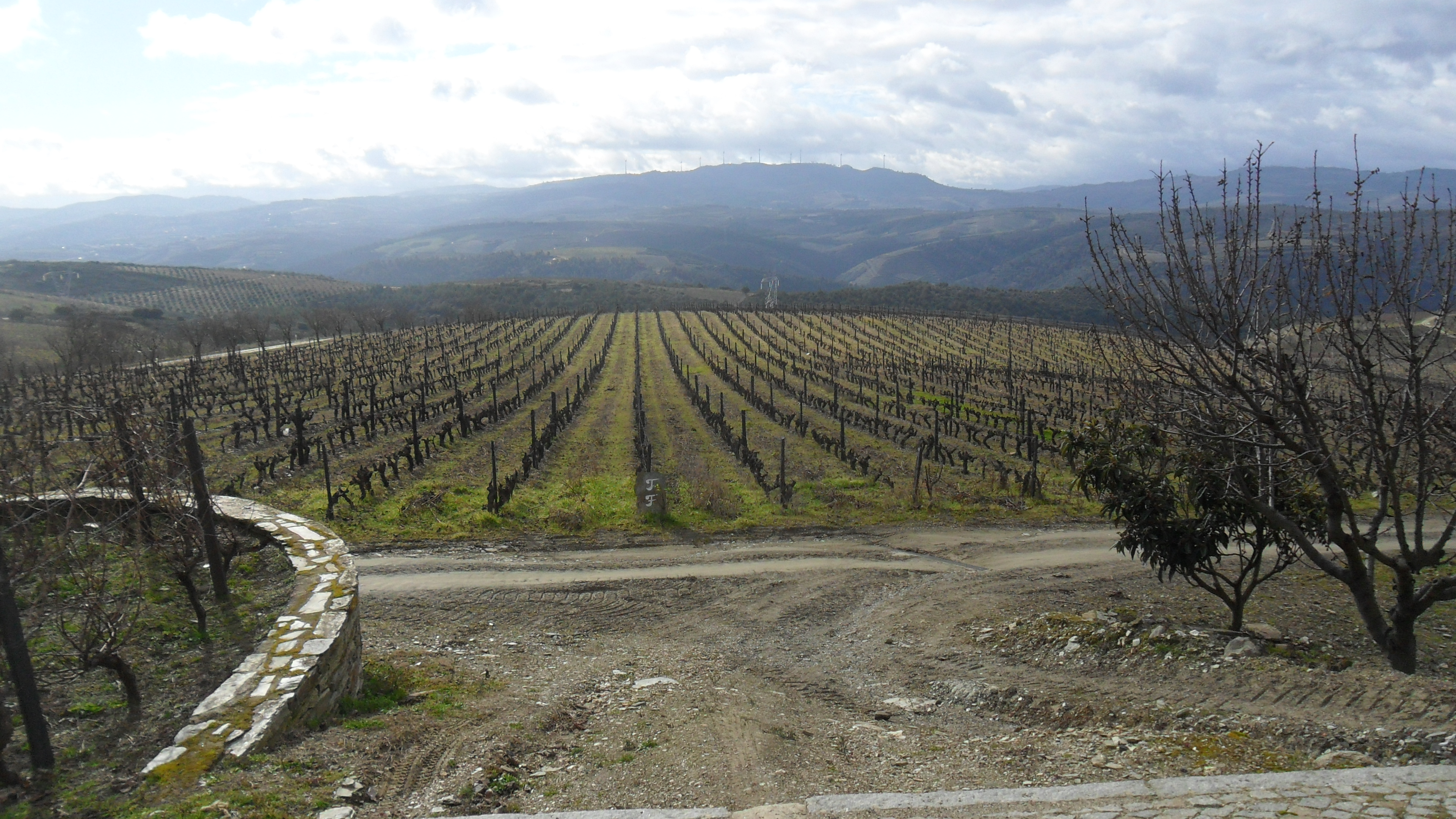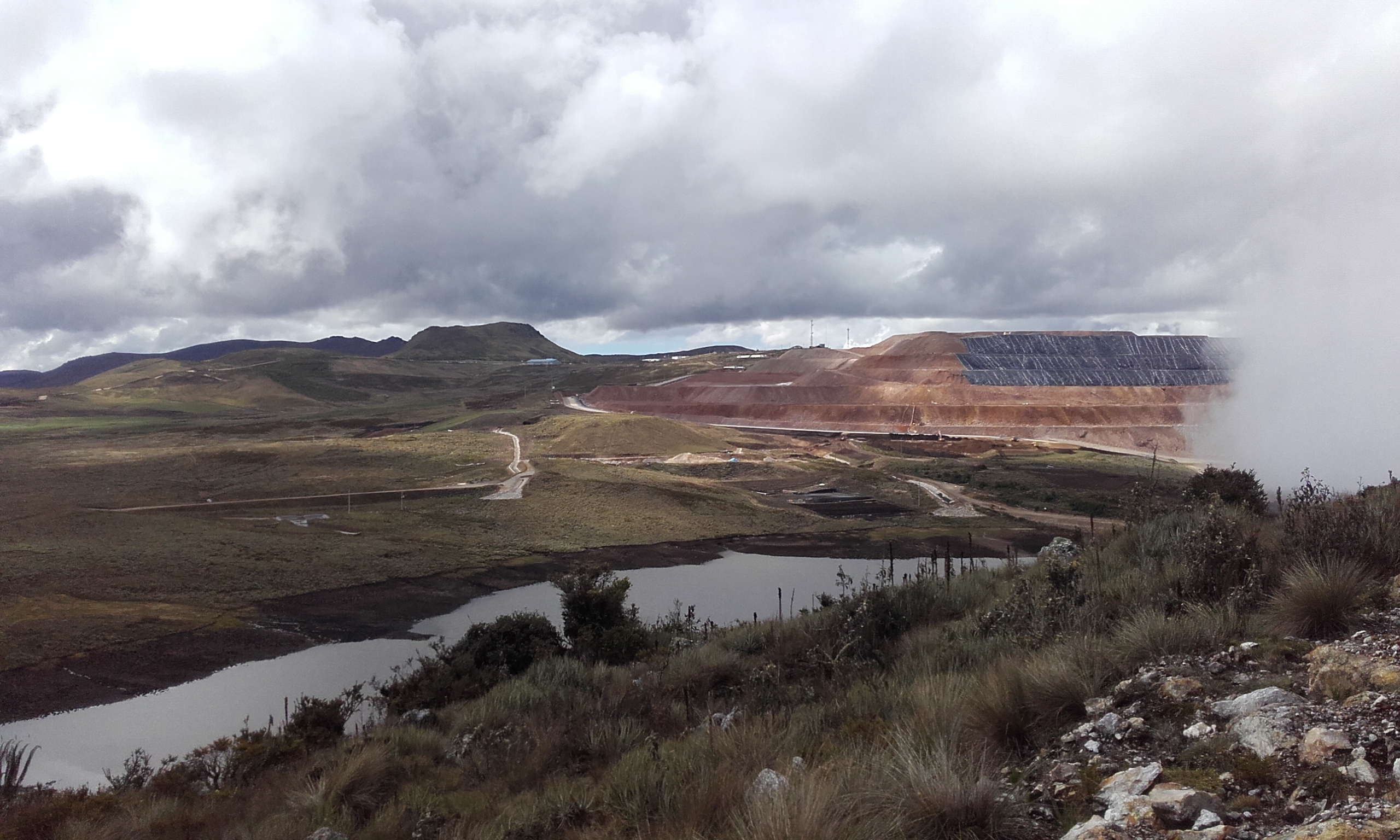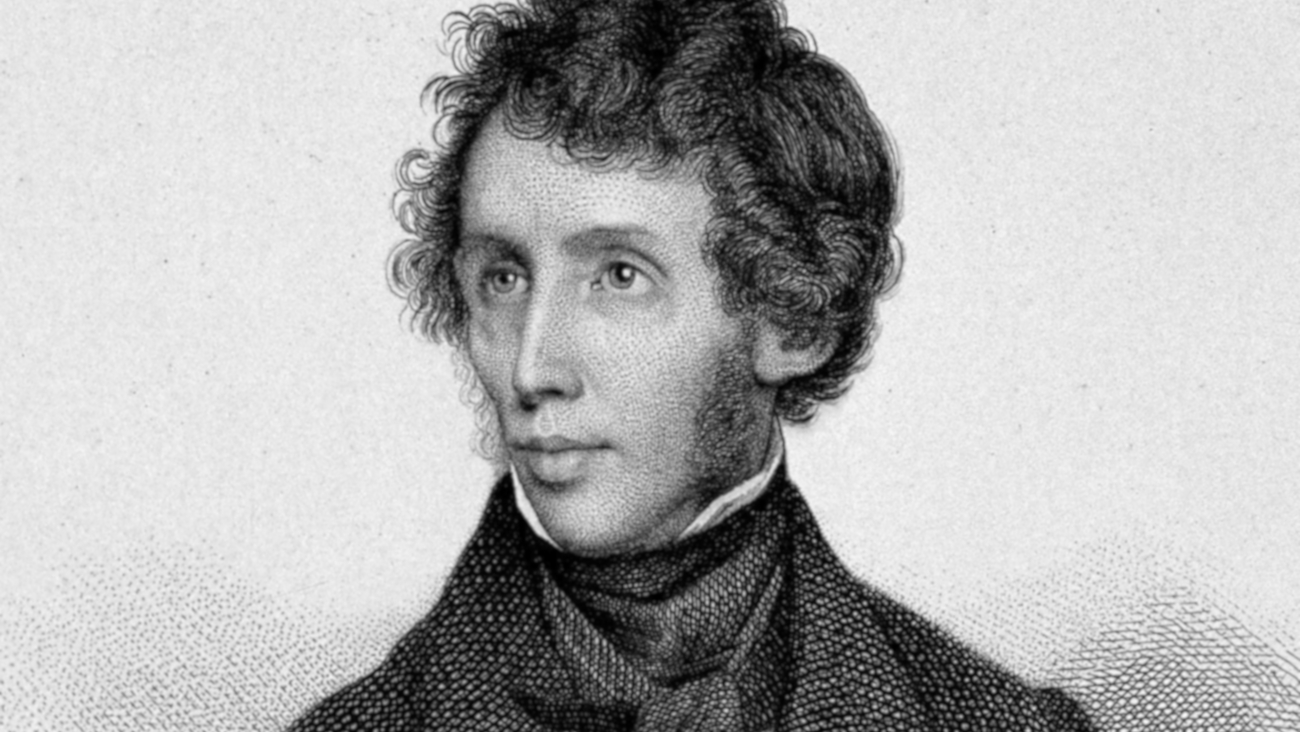Artificial Soils on gunited slopes
EDAFOTEC Suelos a La Carta has developed the application of artificial soils over gunited slopes, for use in public works. They are applied using hydroseeders or gunite machines that allow flows of varying thicknesses, from a few millimetres to several centimetres, depending on the vegetation cover to be developed. To achieve a correct covering, quantities of 0.4 kilos per square metre and upwards must be applied. As the photographs demonstrate, the specifically designed artificial soils can adhere to near-vertical walls, which due to admixture have no fissures or roughness that facilitate soil adhesion. These artificial soils, in addition, can be pre-germinated with bryophytes or larger plants, which can radically transform the gunited slope in only a few months. Before application With artificial soils applied...

